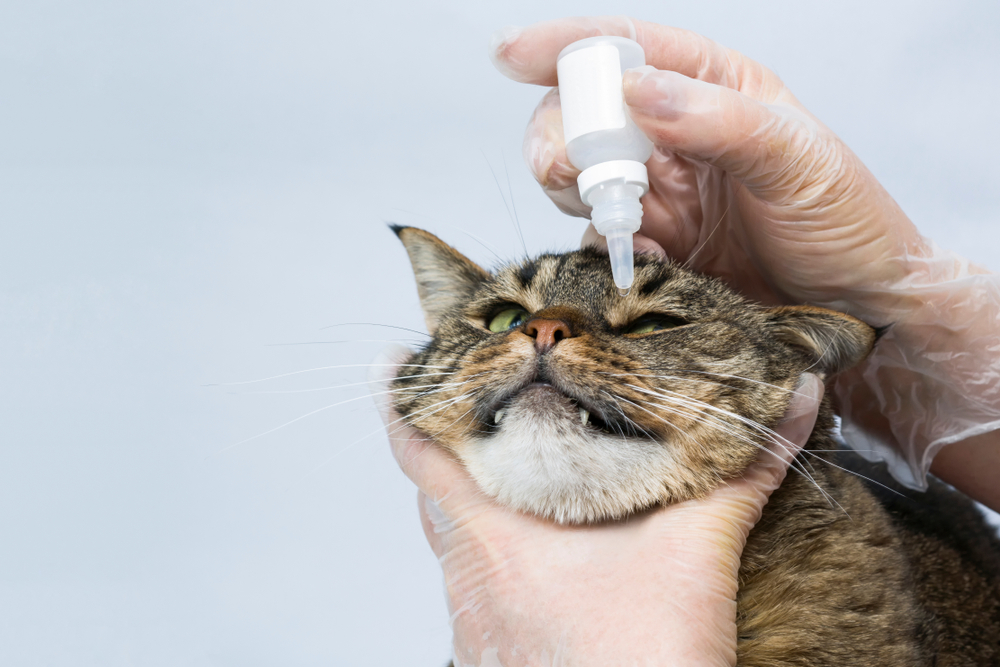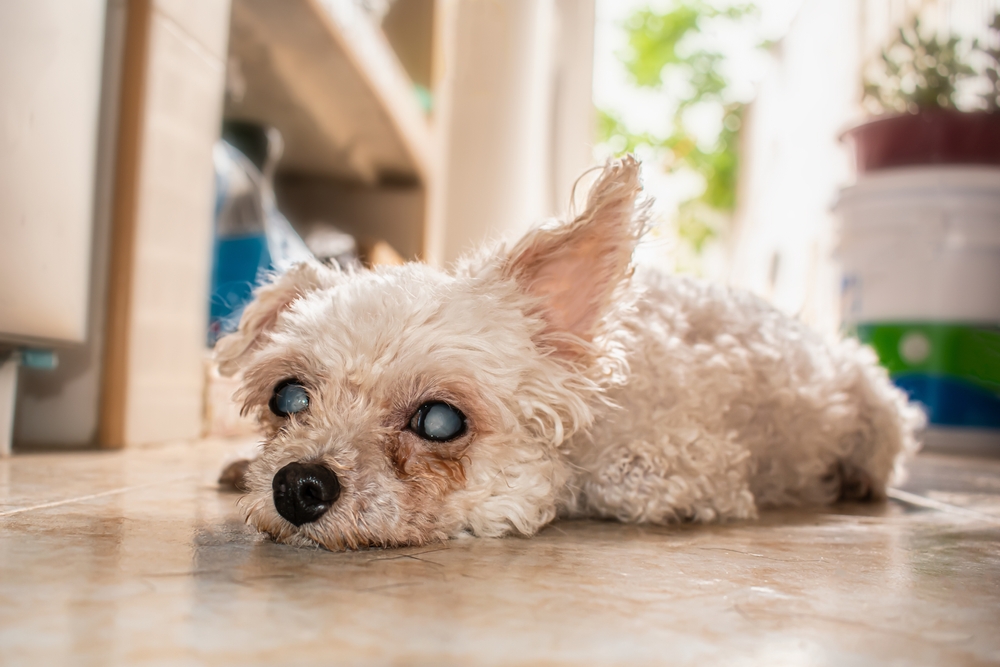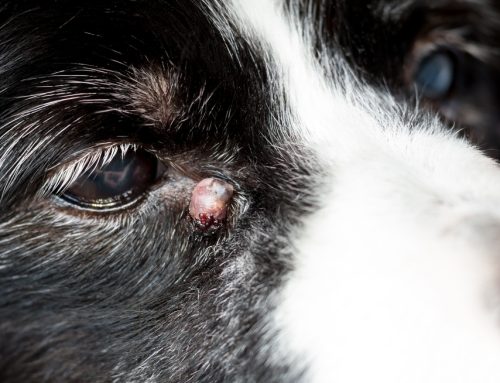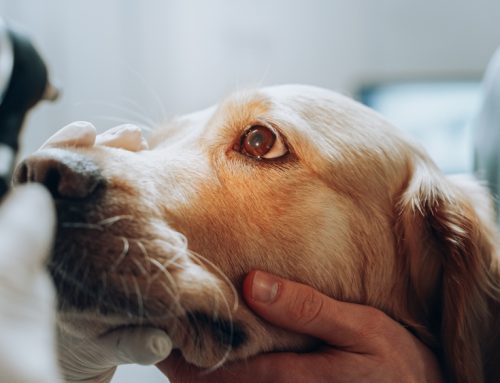As pets age, their eye’s lens—the normally clear, light-focusing structure that sits behind the iris and pupil—begins to stiffen, in a similar process that humans experience around age 40 that involves near vision and depth perception changes. The process, called nuclear sclerosis, gives a pet’s lens a slightly cloudy or bluish appearance but does not significantly impact functional vision.
Some pets develop another change in their lenses, called cataracts, which differ from nuclear sclerosis in that they can form at any time during a pet’s life, have varying causes, and often have a greater impact on vision. The Veterinary Vision Center team has the specialized equipment and skills to diagnose cataracts and restore vision in many cases. Here is everything pet owners should know about cataracts.
Cataract causes in pets
The American College of Veterinary Ophthalmology (ACVO) and Orthopedic Foundation of America (OFA) classify cataracts as a disease with a presumed genetic basis, meaning that most pets who develop a cataract during their lifetime are likely born with a predisposition. The condition is common in dogs and certain dog breeds, but rare in cats. However, not all cataracts can be blamed on inheritance. Other potential causes include:
- Diabetes
- Malnutrition
- Trauma
- Chronic eye inflammation
- Retinal disease
Cataract signs in pets
A cataract is an opaque area that develops in the lens but presents in many different ways. Cataracts can form at any age, cover from a pinpoint portion to the entire lens, and progress—or mature—at varying speeds. Pet owners often do not notice the cataract in the initial stages, because their pet’s vision is unaffected, but they may start to see changes as the cataracts progress.
The hallmark signs include an opaque, marbled-white appearance to the lens, and vision impairment pet owners first note at home when pets bump walls or objects or hesitate on stairs or furniture. Pet owners also may think the cataract changes from larger to smaller, because the pupil constricts and dilates. Most cataracts progress over months to years but can form extremely quickly—sometimes overnight—in diabetic dogs.
Cataract diagnosis in pets
Your primary care veterinarian may notice lens changes on a routine examination but may struggle to differentiate a cataract from nuclear sclerosis, although the diagnosis will become more clear as the cataract advances. Once your veterinarian determines your pet has a cataract, they may recommend a referral to a veterinary ophthalmologist. There, your pet will undergo a complete eye examination and testing to confirm the cataract diagnosis, check for complications, and discuss treatment options.
Cataract surgery in pets
You will likely find over-the-counter eye drops claiming to stop progression or reverse cataracts, but surgery is the only proven effective treatment. Cataract surgery is highly technical and can be performed only by veterinary ophthalmologists in specialized facilities like the Veterinary Vision Center. A pet’s candidacy for surgery depends on overall health, whether eye health complications are present, the owner’s commitment to follow-up care, and financial factors.
All pets are thoroughly screened with several pre-operative tests to ensure they are good anesthesia candidates and to check retinal health and function. This testing is important, because surgery to remove cataracts will not restore vision if the pet has no functional retina. After surgery, pets require multiple eye drops up to four times daily and frequent follow-up visits to check their progress. Once the initial post-operative healing period has passed, pets will need at least one daily eye drop and regular ophthalmologist visits for the remainder of their lives.
Cataract complications in pets

The success rate for cataract surgery is around 80% to 90% in good candidates but may be lower in certain dog breeds or pets with concurrent eye conditions. This means that complications that can lead to eventual vision loss, most commonly inflammation, glaucoma, and retinal detachment, develop in at least 10% to 20% of cases.
However, many of the same complications associated with surgery can occur without surgery. As cataracts mature, they release substances that cause inflammation that, left unchecked, can cause glaucoma, lens instability or luxation, and other potentially blinding conditions. Pet owners considering cataract surgery should go ahead sooner rather than later, because waiting too long may render their pet’s eyes permanently blind.
Pet owners not interested in surgery should commit to regular ophthalmologist visits and long-term anti-inflammatory medications to keep their pet’s eyes comfortable. If painful complications develop, eye removal surgery may be indicated. Pets who lose vision from cataracts can maintain a high quality of life with a few household and lifestyle modifications.
Cataracts may cause blindness in pets by directly obstructing their vision or from secondary complications. Schedule a visit with our Veterinary Vision Center team if your primary veterinarian points out cataracts during a routine examination, or if you notice vision changes at home.







Leave A Comment